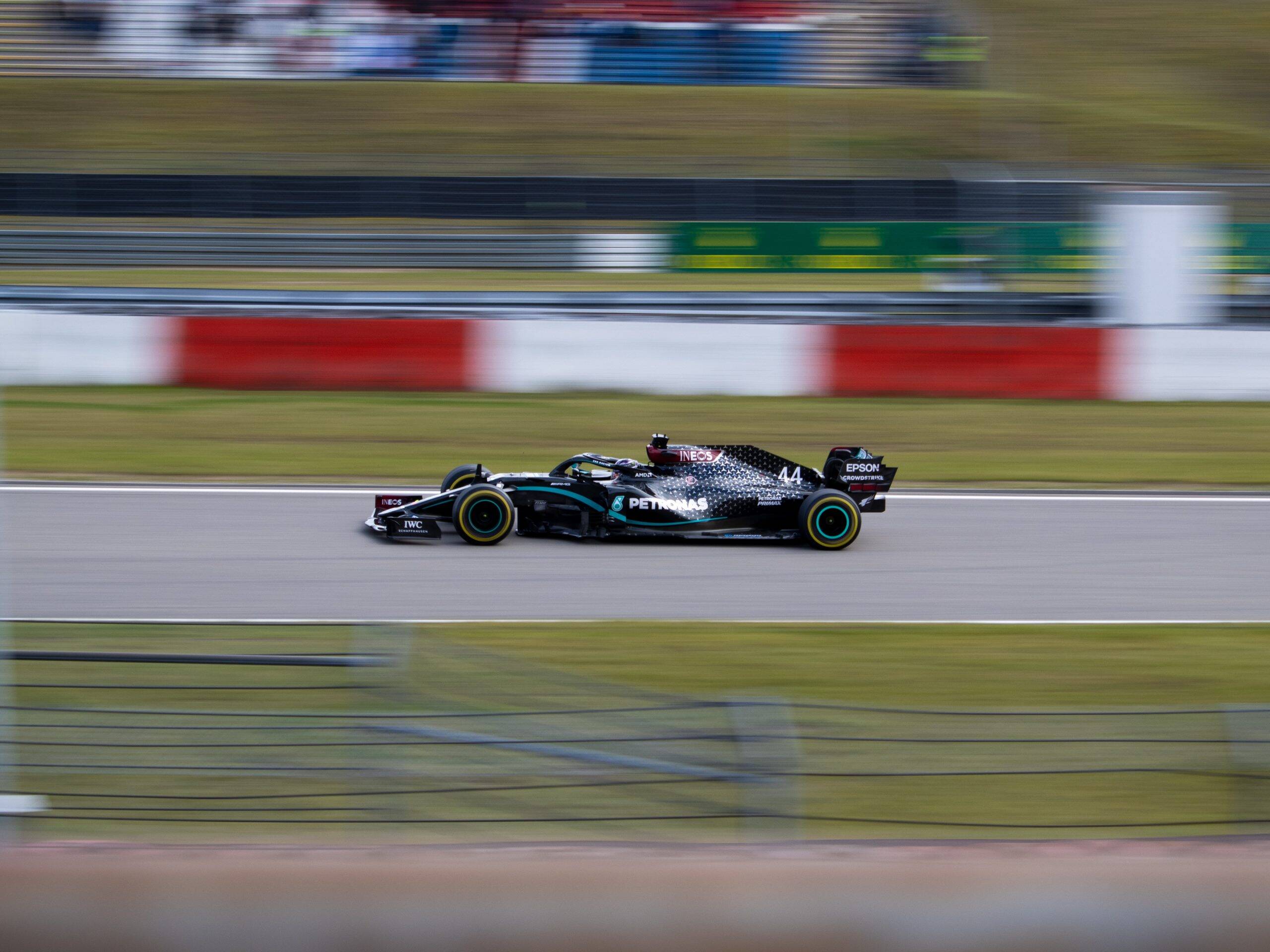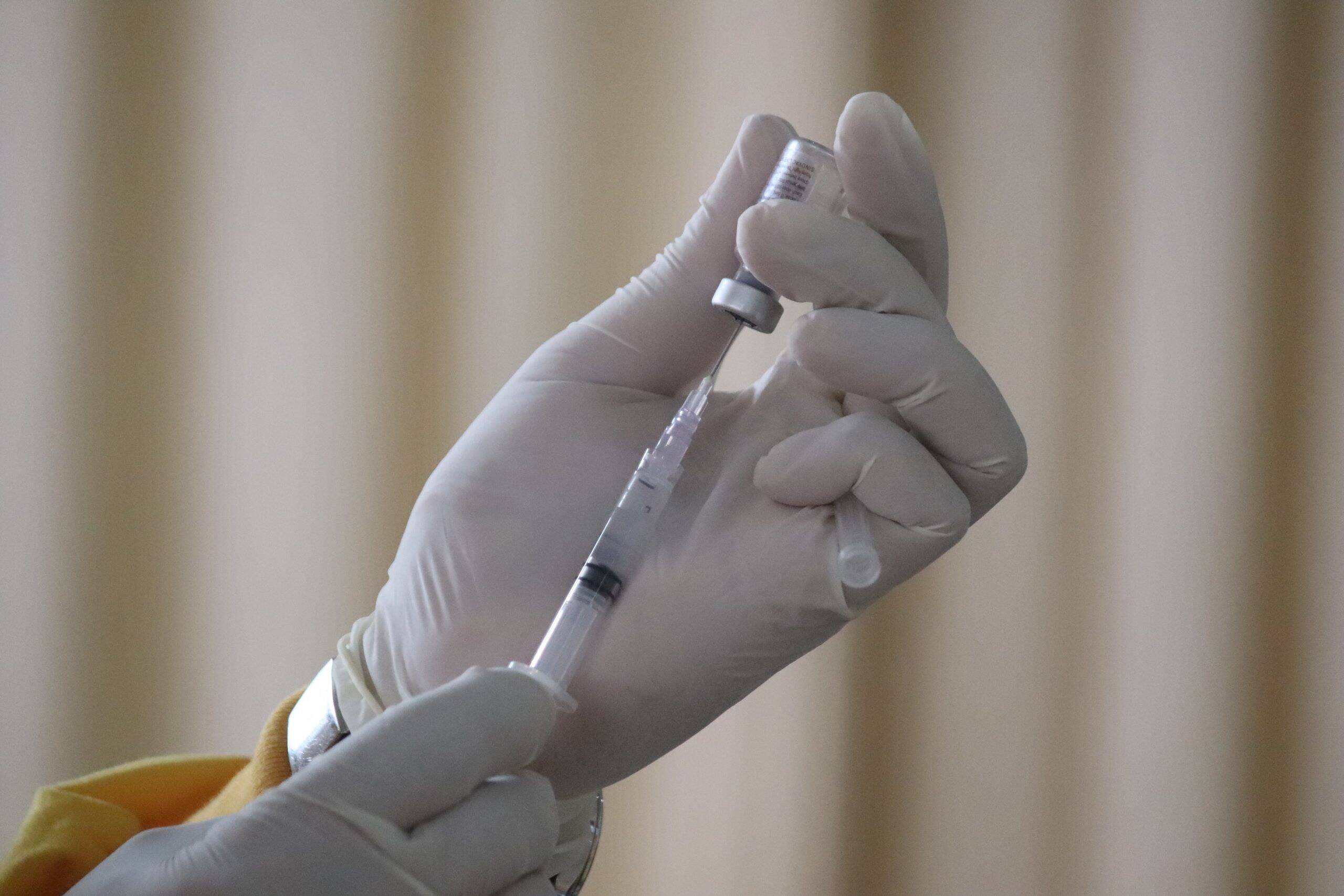You’ve reached your limit!
To continue enjoying Utility Week Innovate, brought to you in association with Utility Week Live or gain unlimited Utility Week site access choose the option that applies to you below:
Register to access Utility Week Innovate
- Get the latest insight on frontline business challenges
- Receive specialist sector newsletters to keep you informed
- Access our Utility Week Innovate content for free
- Join us in bringing collaborative innovation to life at Utility Week Live

National Grid’s head of digital transformation and innovation strategy, Carolina Tortora, deconstructs the ESO’s new energy system replica and explores how digital twin technology has helped drive both the Covid vaccine rollout and Mercedes’ recent success in Formula One.
As recently reported by Utility Week, National Grid announced the launch of its Virtual Energy System – a project to build a digital replica of the entire energy system in Great Britain to both generate new ideas and insights and game a range of system scenarios.
During the programme’s unveiling at COP26, the ESO explained that the replica will work in parallel with physical assets, providing an accessible, unified, real-time view of every corner of the energy system, initially developing an open framework, with agreed access, operations and security protocols.
The Virtual Energy System will be gradually populated by digital twins – virtual models designed to accurately reflect physical objects – thereby providing access to real-time data on the status and operation of corresponding network assets.

According to Carolina Tortora, head of digital transformation and innovation strategy at National Grid and the System’s director, the project pairs well with the somewhat fragmented economy’s ongoing, tech-driven, transformation.
“At present, the energy system in Great Britain is owned, developed, and managed by many different companies and actors responsible for their individual component pieces – it originates from the days of the industrial revolution and is undergoing significant transition to decarbonisation, decentralisation, and digitalisation,” she tells Utility Week Innovate. “And it’s this last point – about digitalisation – that offers great potential.
“The future energy system will become more complex and interconnected as consumers assume roles as generators themselves, with the ability to offer grid balancing services via their electric vehicles.
- Hear Carolina Tortora, head of digital transformation and innovation strategy at National Grid, discuss smart homes, smart cars and smart energy at Utility Week Live, 17-18 May 2022. Register here for free.
“For the energy industry of tomorrow to adapt to these changes, having a digital replica with access to more data and information will make it easier.”
Modelling complex problems with greater insight
Ultimately, given the Virtual Energy System is comprised of many smaller twins that represent different components of the energy system, industry-wide collaboration is integral to the programme’s success.
“This will be achieved by ensuring that every player works on the same clear and purpose-built compatibility principles that will anchor all the use-cases together,” Tortora adds.
While the digital twin technology behind these component parts is nothing new – and has already been widely applied within the energy industry and beyond – connecting different virtual landscapes to build an overarching system view breaks new digital ground, according to Tortora.
“We know that other countries have created high-level models of energy systems by a single company or entity, but we are proposing that the GB Virtual Energy System is created collaboratively by all energy actors,” she explains.
As such, Tortora stresses that ultimately the Virtual Energy System won’t simply be “the ESO’s tool” but a resource available for the entire industry to support future innovation and problem solving.
“It will be managed and maintained as an evolving virtual asset which matures over time as more components are added,” she explains.
“This is a new way of creating a distributed virtual asset that will provide aggregated benefits, as companies can start to model complex problems, with greater insight from system players up and down the energy value chain.”
Influence from overseas, F1 and the Covid response
National Grid has not only sought to harness technological advances and real-time data developments which have already transformed many aspects of the energy industry, but learn from a multitude of commercial digital twin projects spanning sectors such as manufacturing and healthcare.
“Applying this approach to the energy industry offers us the potential to test, model and make more accurate forecasts – supporting commercial decision making and providing us with intelligence when making energy investment and management decisions without the need to do anything on the physical system itself,” Tortora says.
In its project work thus far, for example, National Grid has consulted the Australian Energy Market Operator (AEMO) about its approach and timeline to deliver Australia’s Energy Digital Twin, as well as taking lessons from a number of transmission and systems operators across Europe currently exploring their own digital twins.
“In the US, Vibrant Clean Energy has created a non-real-time digital twin based on publicly available data,” Tortora adds. “Its digital twin and simulators are widely used in the United States by utilities and commercial businesses to model different grid scenarios and to inform investment opportunities.”
 She also flags the “big gains” yielded by Mercedes’ Formula One team’s use of digital twin technology as well as its role in the Food and Drug Administration’s Covid vaccine emergency approval process – which proved crucial in accelerating the development of vaccine quantities in record time.
She also flags the “big gains” yielded by Mercedes’ Formula One team’s use of digital twin technology as well as its role in the Food and Drug Administration’s Covid vaccine emergency approval process – which proved crucial in accelerating the development of vaccine quantities in record time.
“Mercedes’ race time digital twin illustrated different probability functions for cars in races,” she explains. “Scenarios were built out of behavioural patterns from each driver as well as the technical characteristics of cars in combination with track and weather conditions. The analysis of these probability functions and their interactions has resulted in more dynamic advice being given to drivers in real-time, to enhance performance and deliver competitive advantage.
 “Additionally, vast amounts of data from previous drug tests was collected and used to simulate possible reactions to specific compounds within the Covid vaccine,” Tortora adds. “Tests were then carried out on the unknown or uncertain elements, enabling it to be managed in parallel with the response protocol, versus going through the usual longer testing process.”
“Additionally, vast amounts of data from previous drug tests was collected and used to simulate possible reactions to specific compounds within the Covid vaccine,” Tortora adds. “Tests were then carried out on the unknown or uncertain elements, enabling it to be managed in parallel with the response protocol, versus going through the usual longer testing process.”
Environmental benefits
In the long run, Tortora explains that the Virtual Energy System’s ability to inform decision-making across the energy ecosystem can help the sector hit targets in areas such as decarbonisation and uphold broader environmental pledges.
“For example, as the energy system moves towards greater automation and flexibility, the digital twin will enable us to simulate and model different scenarios and options digitally before making any physical changes,” she says. “This will better equip all players to keep pace with changes taking place across the system.”
It’s also forecast that insights generated by the project will help open new market opportunities, business models and accelerate innovation by enabling more transparency on the energy system, while enabling consumers to measure their own carbon footprint – and provide options to reduce it.
 “Longer-term, this could extend to consumers being able to actively contribute to the GB energy system through domestic energy generation – saving money on their bills while helping advance the route to net zero,” Tortora adds.
“Longer-term, this could extend to consumers being able to actively contribute to the GB energy system through domestic energy generation – saving money on their bills while helping advance the route to net zero,” Tortora adds.
The Virtual Energy System has been in development since the beginning of 2021 with the ESO undergoing a planning phase to engage key stakeholders, appoint a technical consultancy to develop common framework and principles and to explore user cases to illustrate the benefits of the system.
Finance will be initially provided by Innovation funding – primarily a combination of Network Innovation Allowance (NIA) and the Strategic Innovation Fund (SIF) with National Grid also poised to engage additional partners as the programme develops.
See this content brought to life at Utility Week Live, 17-18 May 2022 NEC Birmingham. FREE to attend for utilities. Register today
Delivering smart energy networks is one of the frontline challenges at the heart of Utility Week Live 2022’s live content programme. View the programme.


Please login or Register to leave a comment.